Photos: Ancient Marine Critter Had 50 Legs, 2 Large Claws
New fossils
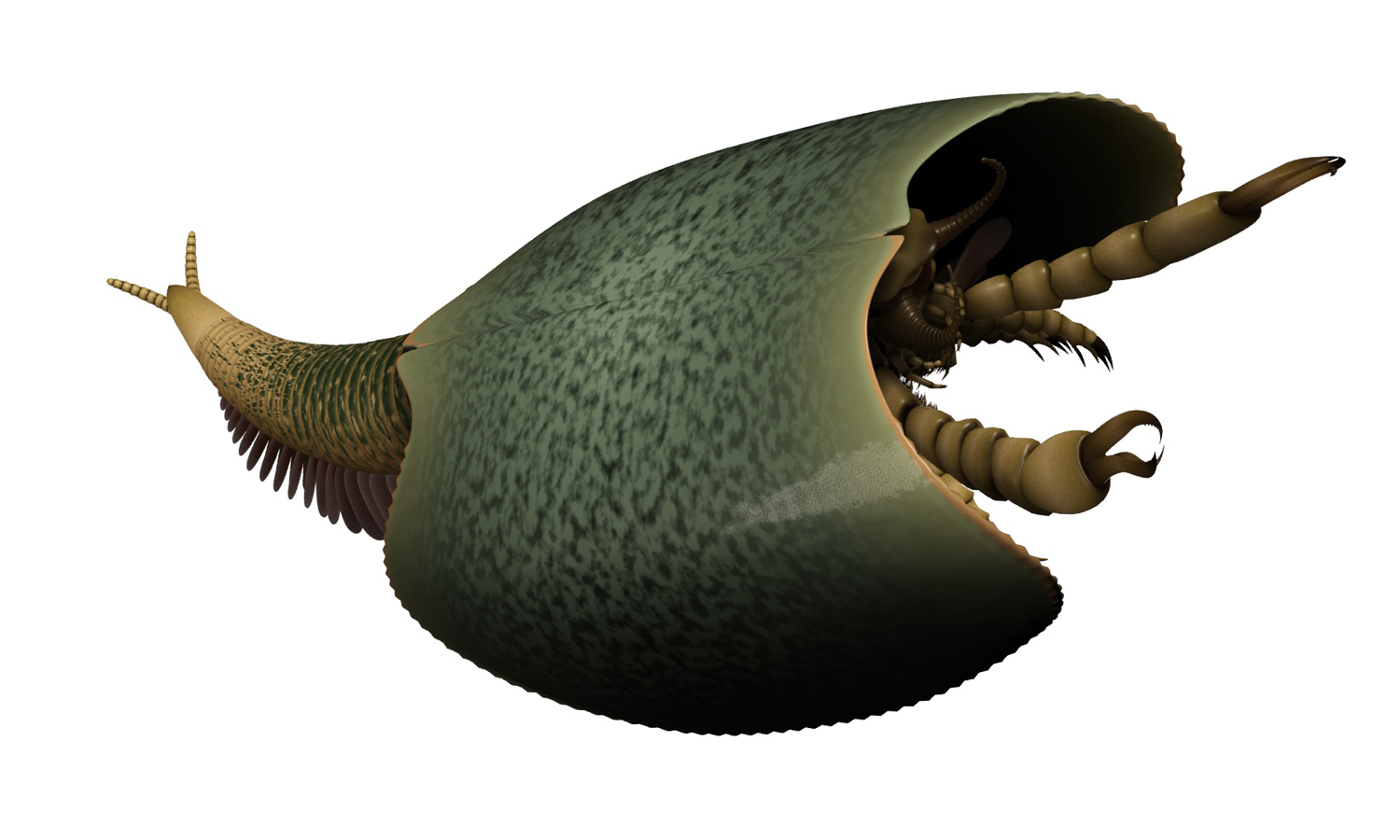
A large number of arthropods living today have mandibles, including flies, ants, crayfish and centipedes. But until now, it wasn't clear just when these unique appendages, which help animals grasp, crush and cut food, evolved.
Now, researchers have identified the first arthropod with mandibles on record. This marine creature, known as Tokummia katalepsis, was about 4 inches (10 centimeters) long and had 50 legs, two claws and an oversize shell. [Read the Full Story about the First Known Mandibulate]
Reconstructed

An artist illustrates how Tokummia katalepsis may have looked. The creature had two large pincers (maxillipeds) for hunting prey and a hard shell protecting most of its multisegmented body. The animal's jaw was notably small and its other limbs had subdivided, spinose bases.
Cutting into fossil beds

At the Marble Canyon quarry at Kootenay National Park (Canadian Rockies), Cédric Aria sliced the fossiliferous beds open with a saw during the summer 2014 fieldwork season. The specimen is named for Tokumm creek (seen at the right, middle side of the image) with the species name katalepsis meaning "seizing" in Greek — Tokummia katalepsis.
New fossil search

Crew members work with Cédric Aria, in the foreground, hoping to find new fossils in layers of shale from the Marble Canyon quarry. Any new finds will be catalogued and examined more fully at the museum.
A second look

After discovery by a Royal Ontario Museum led-team in 2012, another team, led by Cédric Aria, seen in the foreground, returned in 2014 to the Marble Canyon locality in the Kootenay National Park. The team conducted a more thorough investigation for Burgess Shale fossils in the quarry.
Broken down
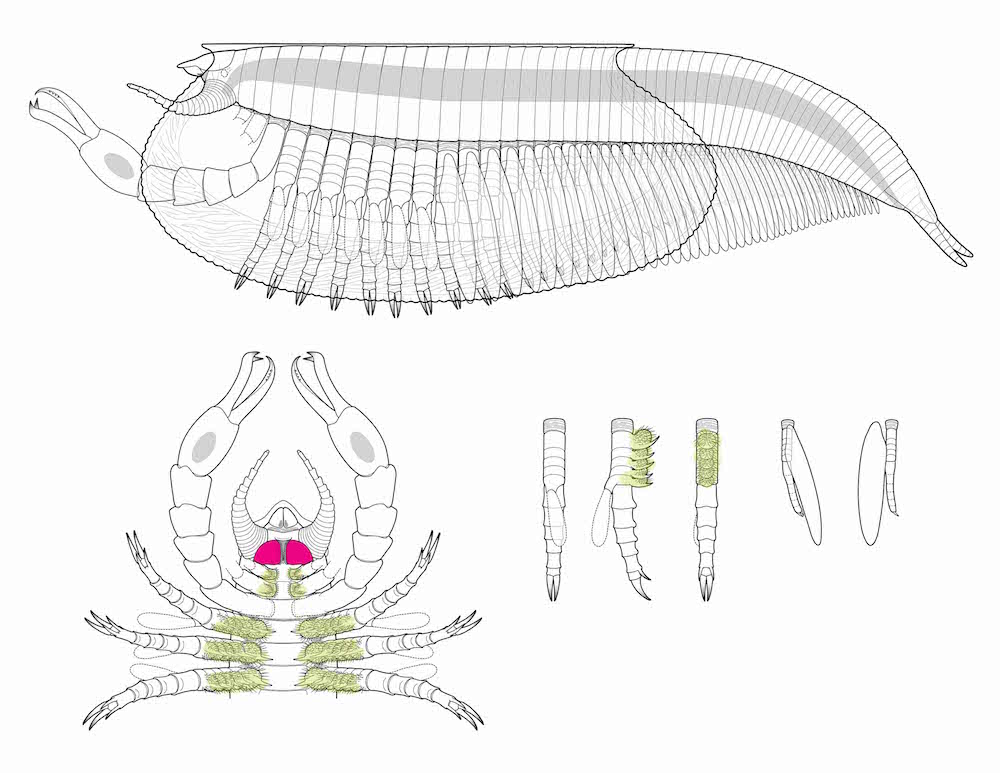
Researchers provided a technical illustration notating the many parts of the Tokummia katalepsis, summarizing important structural characteristics of the fossils. Of particular note, the jaws are quite small.
[Read the Full Story about the First Known Mandibulate]
Strong legs, paddle-like limbs

This specimen represents the new genus, Tokummia, and new species, katalepsis. Clearly visible on the left of the image, several strong legs extend from the body. The creature's shell is bivalved and dozens of small, paddle-like limbs are discernible to the right.
Get the world’s most fascinating discoveries delivered straight to your inbox.
Preserved fossil
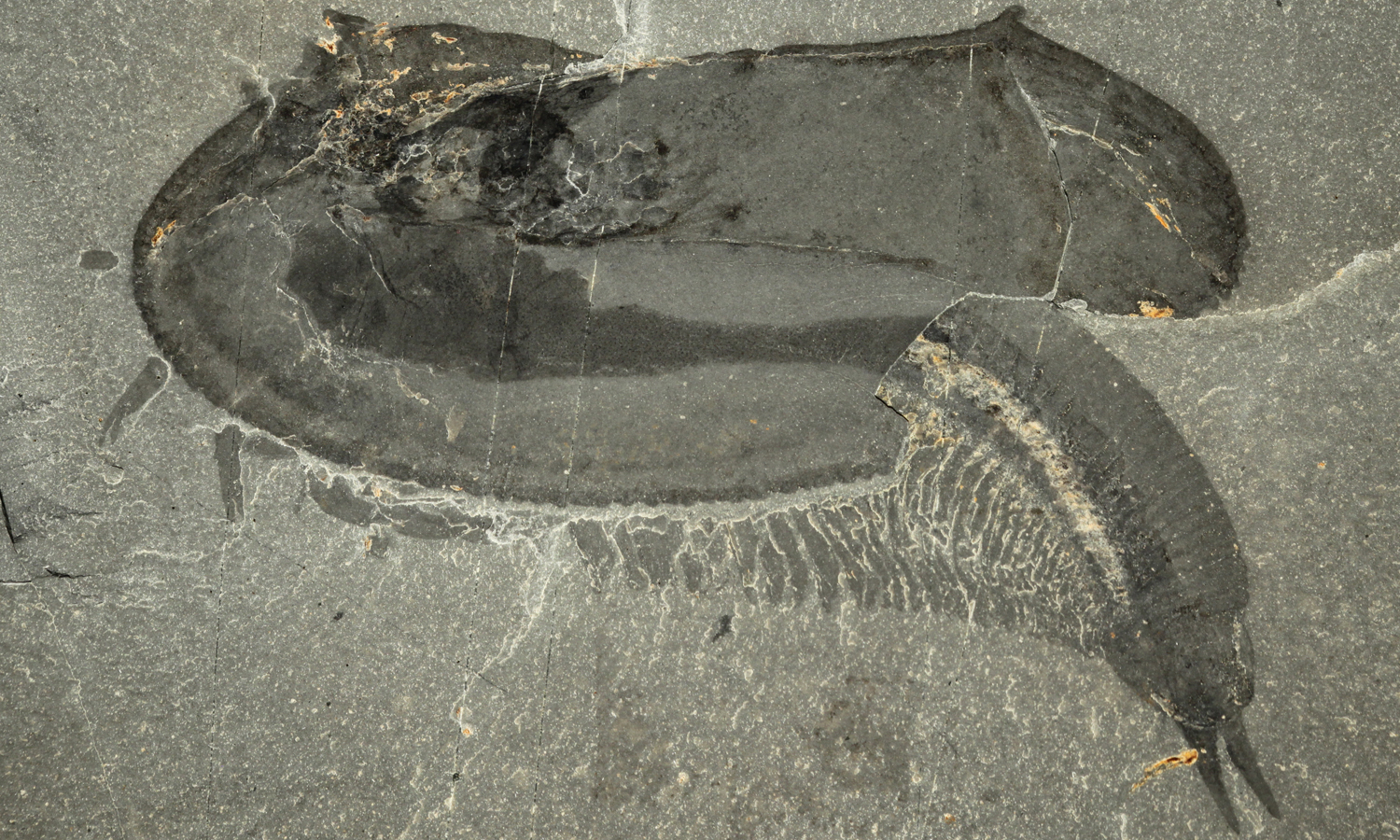
In the field, the fossil of Tokummia ROM63823 was found at the Marble Canyon quarry in Kootenay National Park. This image displays the fossil before any preparations were completed.
Secrets revealed
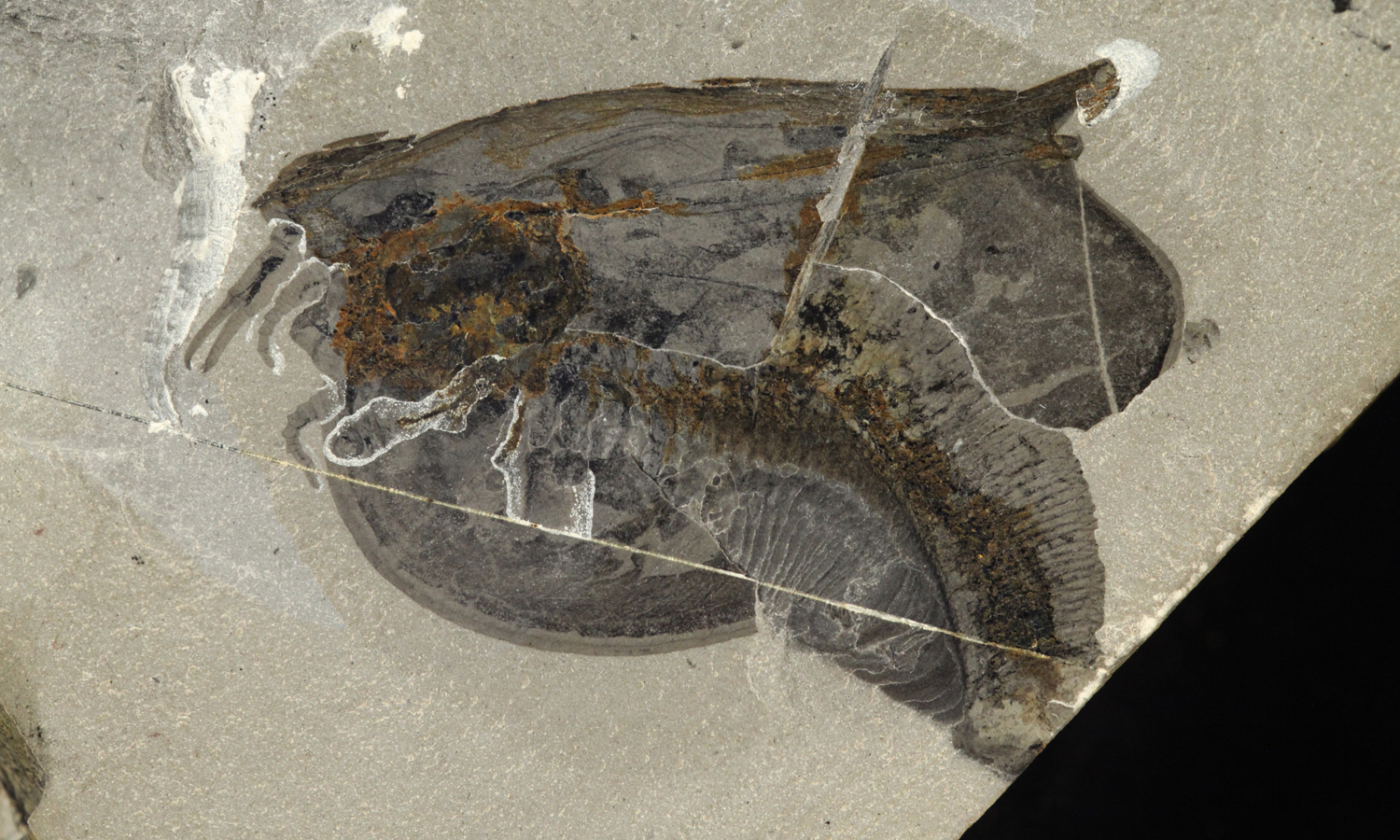
The specimen here is preserved at such an angle that several front limbs are revealed, including antennules and pincers.
From above

Another artist's illustration shows what the Tokummia katalepsis may have looked like from above with its hinged carapace (shell) and extending its large pincers.
Family tree
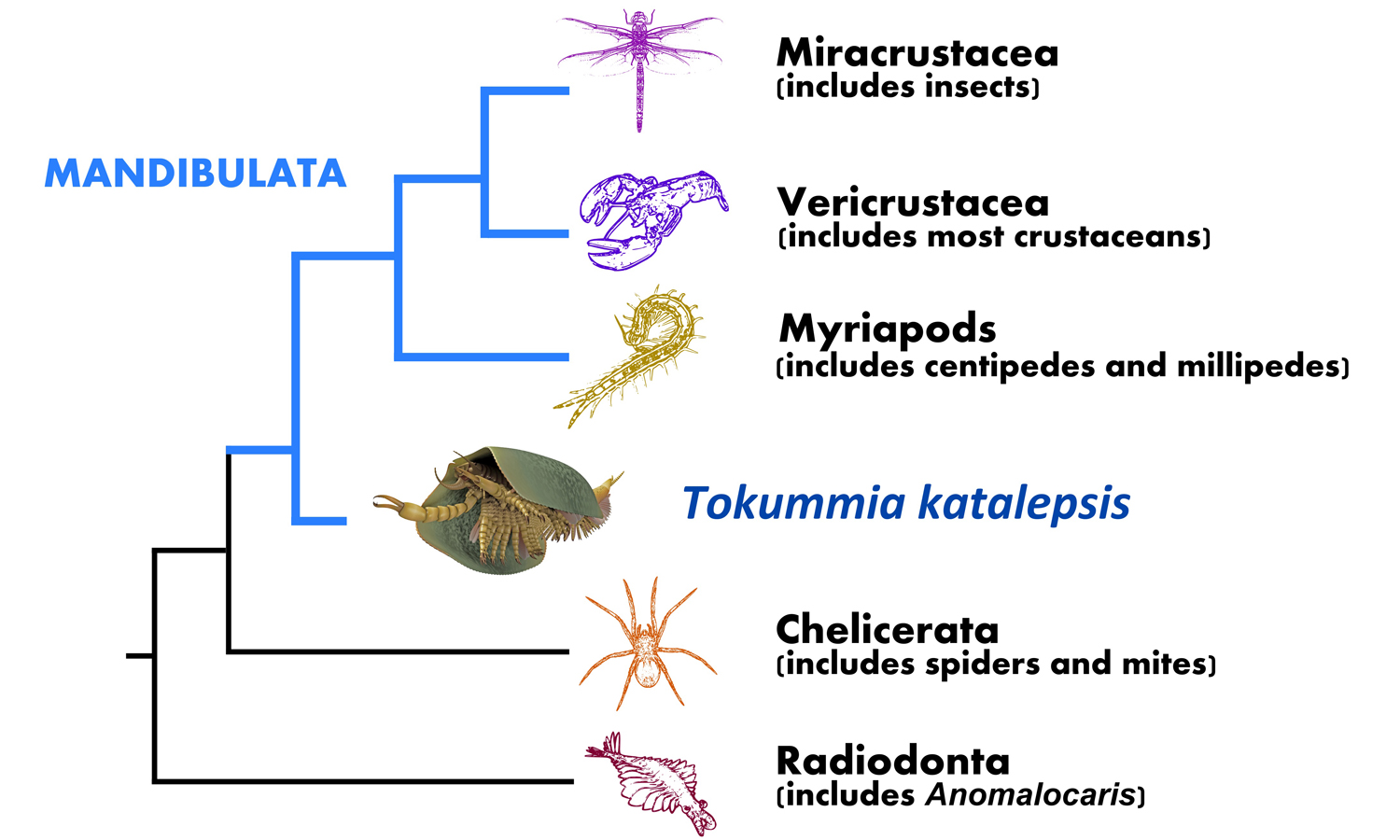
The Tokummia katalepsis is an arthropod. This cladogram — a diagram displaying the connection between several species — shows the creature's relationship to other arthropods.


